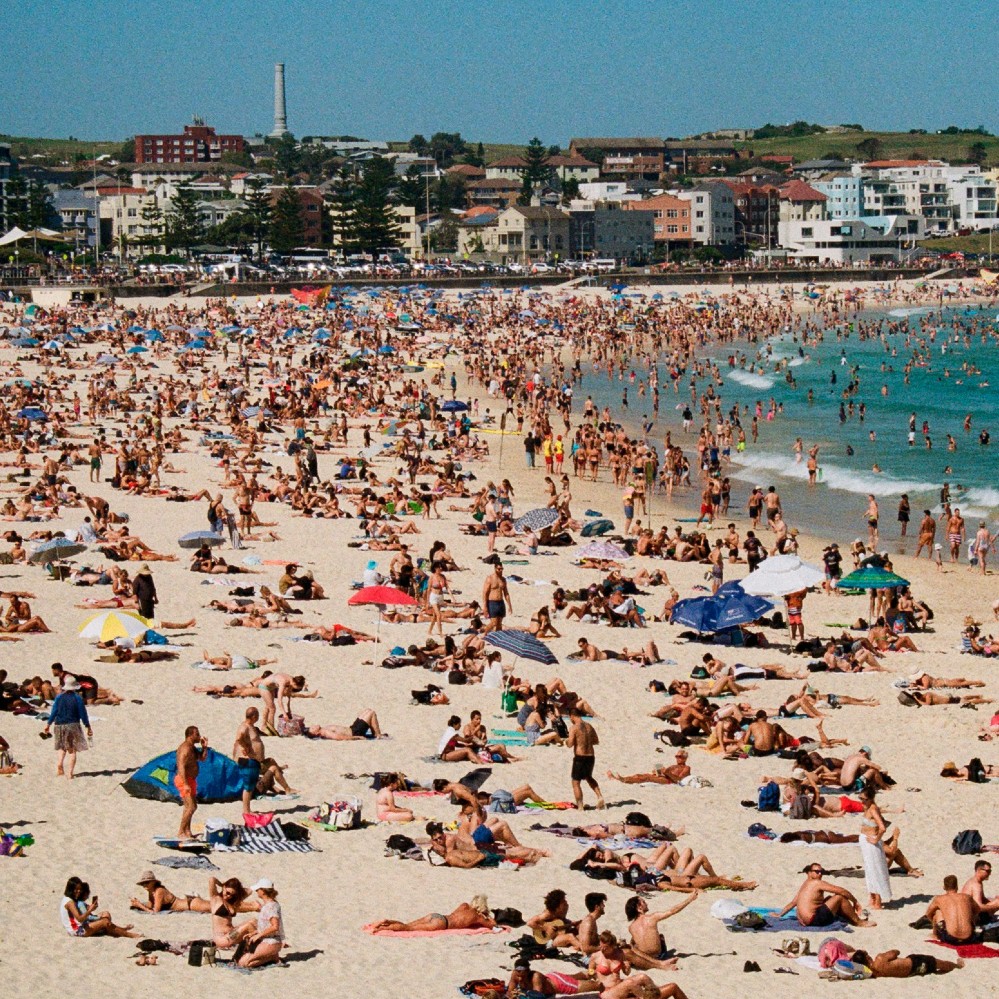Published:

Spring break. Images of beaches, bikinis, and maybe a fleeting sunburn cross our minds. But beyond the fun, this annual student craze unleashes a surprising ripple effect on the economy.
About U.S. college students travel for spring break annually. The average college student spendson spring break vacations. This yearly ritual generates billions of dollars in global economic activity. For some coastal communities, it’s a financial lifeline, with studies showing spring break revenue accounting for of their annual tourism income.
The are the United States, Mexico, Jamaica, the Bahamas, and the Dominican Republic. The economies of each of these destinations differ but are all impacted by the boom of spring break.
During spring break months, Cancuns, boasts a near-100% occupancy rate, and local artisans at see their handcrafted silver pesos fly off the shelves. This bustling scene is not merely a party but a significant economic driver, as spring break in Mexico injects into the economy, supporting the employment of approximately in the tourism industry. Tourism plays a pivotal role in Mexico, contributing roughly to the GDP, with Quintana Roo, home to Cancun and Tulum, standing out as hot spring breakers’ spots. Here, tourism constitutes, emphasizing its central role in the region’s economic landscape.
In the Dominican Republic, explodes with live music, and the shores of fill with sunbathers. Spring break here injects millions into the Dominican economy, creating over for locals. The spending spree isn’t limited to resorts; local rum distilleries like see increased sales, and souvenir shops overflowing with amber jewelry and colorful sarongs become tourist magnets.
booking data shows international travel this season is up . Not so surprisingly, airlines are seeing an increase in booking. estimates that an average of people will fly daily in March and April. Travel app said in a report last week that domestic airfare is averaging a round trip for March and April, up 20% from a year ago and pre-pandemic levels. Round Trip flights to Mexico and Central America from the U.S. are up 60% from last year and 30% from 2019 at . Fares from the U.S. to Caribbean islands are averaging , up 38% from last year and 9% from 2019, while roundtrips to Europe are averaging , up 45% from 2022 and 16% higher than four years ago.
reports a in travel packages and drivers in hotspots like Miami, Florida watch fares . Back home, retailers like witness swimsuit skyrocketing, off shelves, and becomes a spring break fiesta HQ. This spending then re-invests itself, creating a temporary boom across various industries. The rise in spending by spring breakers, eager to make up for lost time, adds a to the tourism industry’s recovery.
While businesses rejoice, some emerge. Locals grapple with inflated prices and crowded amenities. surface as beaches bear the brunt of increased waste. Moreover, the post-spring break lull could leave some businesses scrambling for stability.
Spring break is a double-edged sword. It injects cash into local economies but also brings challenges. The key lies in striking a balance. Destinations can welcome the influx by developing sustainable tourism practices, diversifying their offerings beyond student appeal, and investing in infrastructure to handle the temporary surge. By responsibly planning and managing the boom, spring break can be a win-win for visitors and locals.
File under